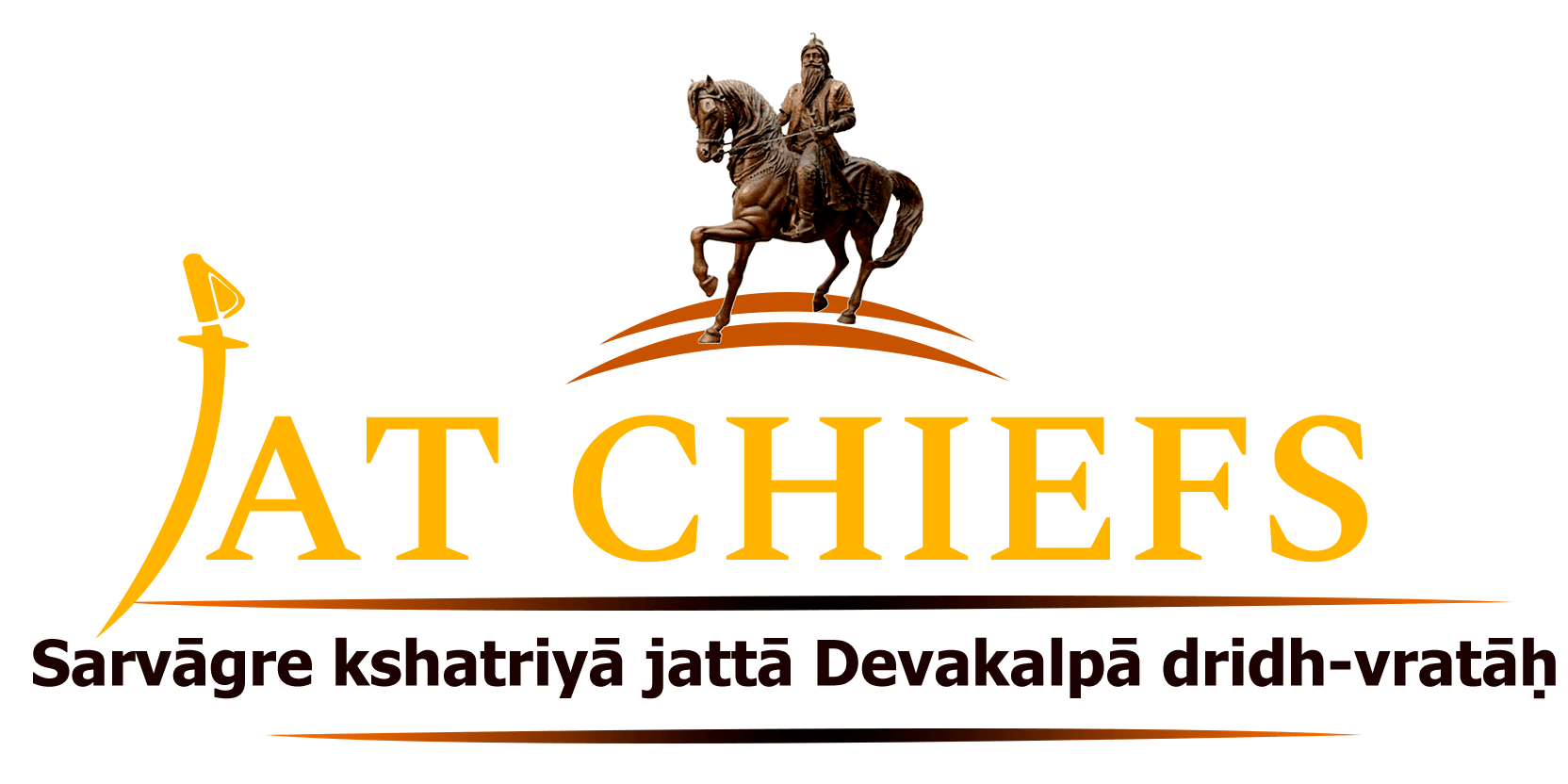Nawab Kapur Singh Of Singhpuria was succeeded by his nephew (brother’s son) Khushal Singh Of Singhpuria, 40 who equalled his uncle in wisdom and bravery and extended his conquests on both sides of the Satluj. His possessions included Jalandhar, Nurpur, Bahrampur, Bulandgarh, Haibatpur, Singhpur, Patti,Ghanoli and Bhartgarh. Jalandhar Doab and adjoining areas yielded an annual income of three lakh rupees.
Khushal Singh had occupied the town of Jalandhar by defeating its ruler Shaikh Nizam-ud- Din. He made Jalandhar his headquarters and started living there. Khushal Singh added more ilaqas to the territory which he had inherited from his predecessor. His associates also captured many places. He was very active against the Muslim rulers and it was one of his troopers who killed the Afghan governor of Sirhind, Zain Khan, in January 1764. He seized Ludhiana and Banur with the help of Amar Singh, the, ruler of Patiala, who, afterwards, received half of the district of Amritsar.During the troubles which followed the death of Amar Singh, Khushal Singh seized the whole district. He, however, could not make much resistance to the force brought against him, and Diwan Nannu Mai was able to recover the Patiala share of the territory.
Khushal Singh constructed a katra at Amritsar, which was named after his Misal. He, realised tribute from Rai Ibrahim and many other ^ammdars. He fought in the battles against Ahmad Shah Abdali in collaboration with other Jat Sardars.
When Ahmad Shah Abdali made his eighth invasion of the Punjab in December 1756, Khushal Singh, accompanied by Tara Singh Ghaiba, with 6000 horsemen, was stationed at Taragarh to check his progress eastwards after the Durrani left Lahore. On the 15th January 1767, Ahmad Shah wrote letters to the Sardars, including Khushal Singh, to the effect that if they were desirous of entering his service they should come and join him, but if they had any hostile intentions they should meet him in the field. Khushal Singh and others spurned at Durrani’s proposal of joining him and told to meet him in the field of battle. The Sikhs gave him no rest so long as he remained in the Punjab and he returned homeward disappointed.
Most of the areas under him which had been depopulated due to the repeated incursions of the Sikhs and the Afghan invaders were once again populated under the efficient administration of Khushal Singh. He had a big army comprising about twenty thousand horse and foot. With this army Khusbal Singh had become irresistible and all the petty chiefs were at his mercy. He was in a position to liquidate them completely or make them his tributaries.
Khushal Singh had taken some territories of the other chiefs who were ill-disposed towards him. Diwan Nannu Mai of Patiala was induced by Hari Singh of Sialba to make another attack upon Khushal Singh who had taken Awankot and other villages of the Sialba territory. Their joint forces first attacked Kotla, a small fort held by Man Singh, son-in-law of the Singhpuria chief, and reduced it without much difficulty. Then, they besieged Awankot but Budh Singh, son of Sardar Khushal Singh, accompanied by Tara Singh Ghaiba, Rai Singh Bhangi and other Jat chiefs, compelled the raising of the siege. The Patiala army, reinforced by Nabha and Kaithal troops, could not succeed in their attempt to get Awankot released from the Singhpurias. his uncle Nawab Kapur Singh, Khushal Singh was also deeply interested in preaching Sikhism and administering baptism of the double-edged sword to his followers. Khushal Singh died in 1795.
References :-
- L.H Griffin, , and C.F. Massy, Chiefs and Families of Note in the Punjab. Lahore, 1909
- Khushwant Singh, A History of the Sikhs, vol.1. Prince ton, 1966
- Gupta, Hari Ram, History of the Sikhs, vol.IV. Delhi, 1982
- Gian Singh, op. tit., p. 270.
- Shah, op. tit., IV, p. 5; Gian Singh, op. tit., p. 270; cf, Sohan Lai Suri, op. tit., I, p. Ill; Ahmad Shah Batalia, Appendix, op. tit., p. 18.
- Lepel Griffin, op. tit., p. 57, fn. 1; Muhammad Latif, op. tit., p. 323.
- Ibid., p. 57
- Ahmad Shah Batalia, Appendix, op. tit., p. 18.
- Calendar of Persian Correspondence, Vol. II, Calcutta, 1914, p. 50
- History of the sikhs by Hari Ram Gupta


